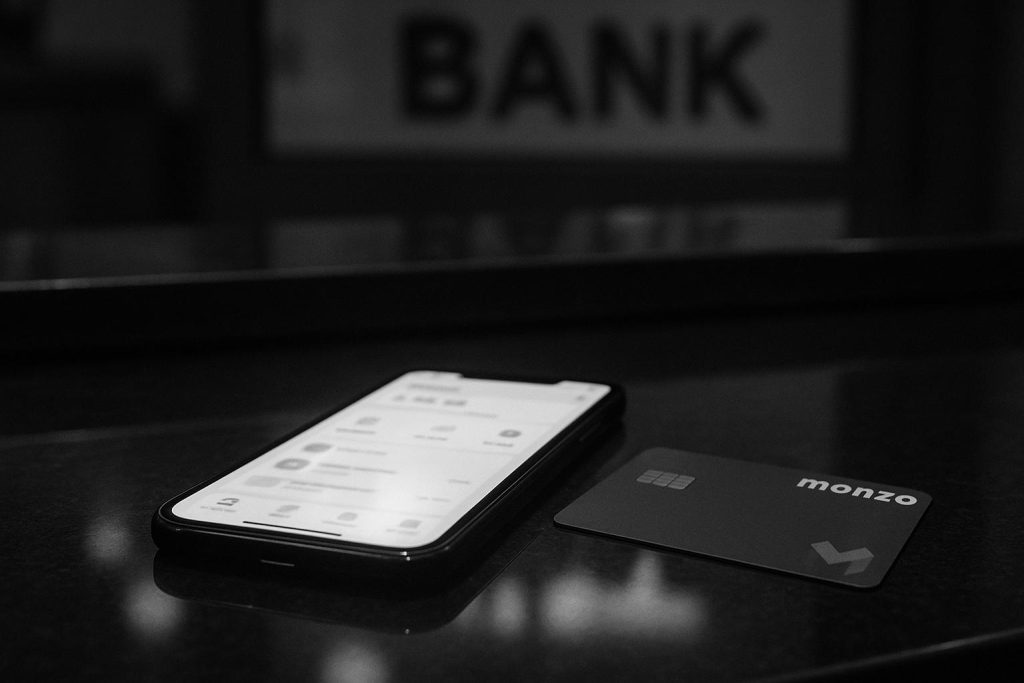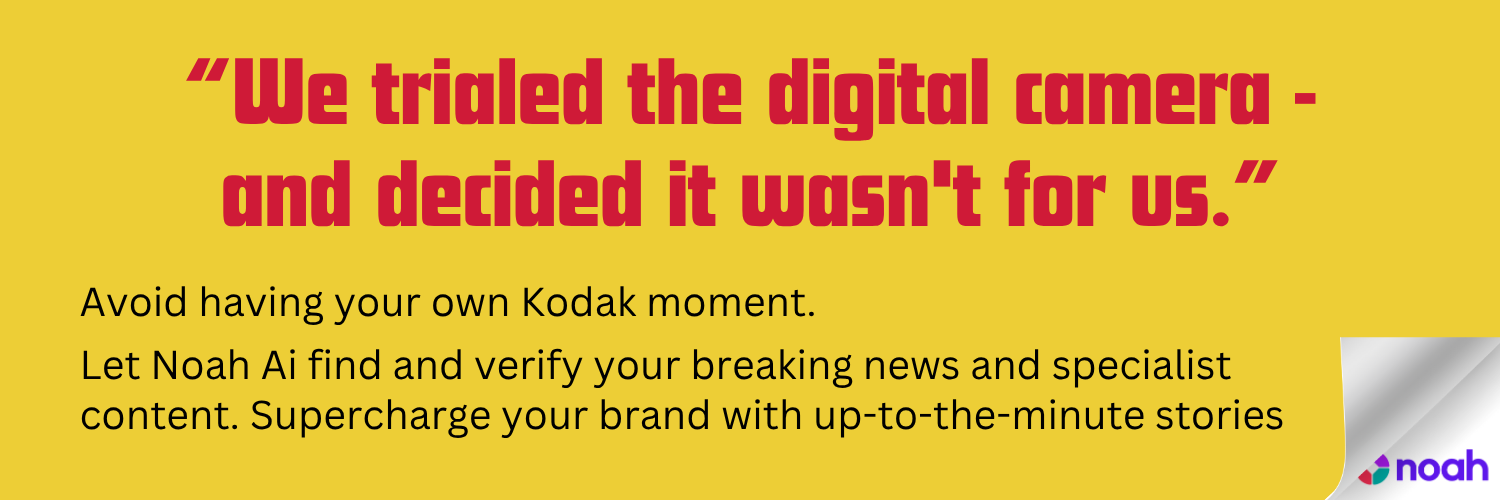Monzo is exploring a move into mobile telephony by offering digital SIMs and monthly contracts as a mobile virtual network operator. The bank frames the proposal as a customer‑led experiment to simplify contract pain points and boost in‑app cross‑selling, but faces thin margins, network dependence and data‑sharing concerns.
Monzo, the UK challenger bank, is quietly exploring a move into mobile telephony that would see it offer digital SIMs and monthly contracts as a mobile virtual network operator (MVNO). According to reporting in The Independent and the Financial Times, the 10‑year‑old lender has told customers and investors it is in the “early stages” of developing the idea; a Monzo spokeswoman was quoted as saying the bank is “known for transforming products” and is looking at how to solve customers’ complaints that mobile contracts can be a “pain point”. This framing underlines that Monzo’s interest is presented as customer‑led rather than a reactive diversification for its own sake.
An MVNO model would allow Monzo to sell mobile services without building radio towers or acquiring spectrum, by buying capacity from the big network operators and reselling it under its own brand. Consumer guides note that existing UK MVNOs — such as giffgaff, VOXI, Tesco Mobile and Lebara — operate this way, piggybacking on the coverage of Vodafone, Three, EE and O2 to provide low‑cost or niche propositions. The approach can deliver simpler billing and competitive pricing, but it typically means MVNOs must accept the underlying network’s coverage and wholesale pricing terms.
Industry analysts say the move fits a broader pattern of fintechs experimenting with adjacent services to deepen engagement and find new revenue streams. The Financial Times frames the potential launch as an opportunity for Monzo to cross‑sell through its app and reach more of the bank’s roughly 13 million customers, while the bank’s own annual reporting emphasises a strategy of “deeper engagement” and monetisation after posting its first full‑year profit. For a business that has spent years migrating customers into a digital ecosystem, a telco product could be another in‑app service to boost lifetime value and reduce customer churn.
Monzo’s commercial position strengthens the plausibility of such an expansion. The company reported profitability for FY24 and highlights strong customer growth and product uptake in its annual report; government data from the Competition and Markets Authority has also placed Monzo at the top of its banking satisfaction survey for overall service quality. Nevertheless, about one in three customers still use Monzo as their primary bank, which signals both meaningful penetration and remaining headroom if the bank wants to leverage relationships to sell mobile plans.
Yet the MVNO market has its constraints. Analysts point out that margins can be thin and competition fierce: large mobile groups can bundle services across broadband, pay TV and mobile in ways smaller brands cannot easily match, and MVNOs are dependent on the wholesale deals they can negotiate with network operators. Consumer guides also flag that while MVNOs often win on price or simplicity, they may not always enjoy the same priority for network capacity or the full slate of advanced services offered by network owners.
For consumers, the possible upside is a more integrated, app‑centric approach to mobile contracts — simpler sign‑up, in‑app billing and the chance to consolidate services with a bank they already trust. There are countervailing considerations too: bundling financial and comms services raises questions about data sharing, customer choice and whether pricing advantages are sustained once initial offers end. How Monzo balances convenience with transparency will be a key test if it proceeds.
For now, Monzo has positioned the plan as exploratory — a customer‑focused design exercise rather than a committed product launch — and has given no timetable for when a service might appear. The next concrete signals to watch will be whether Monzo secures wholesale network agreements, clarifies pricing and contract terms, and sets a launch window; until then, the proposal remains a plausible extension of its digital strategy rather than an immediate market disruption.
📌 Reference Map:
Reference Map:
- Paragraph 1 – [1], [3]
- Paragraph 2 – [1], [7]
- Paragraph 3 – [3], [4], [5]
- Paragraph 4 – [1], [4], [6]
- Paragraph 5 – [3], [7]
- Paragraph 6 – [1], [3], [4]
- Paragraph 7 – [1], [4], [5]
Source: Noah Wire Services
Noah Fact Check Pro
The draft above was created using the information available at the time the story first
emerged. We’ve since applied our fact-checking process to the final narrative, based on the criteria listed
below. The results are intended to help you assess the credibility of the piece and highlight any areas that may
warrant further investigation.
Freshness check
Score:
10
Notes:
The narrative is recent, published on 18 August 2025, and has not appeared elsewhere. The Independent’s report is based on a Financial Times article from the same date, indicating a high freshness score. No discrepancies in figures, dates, or quotes were found.
Quotes check
Score:
10
Notes:
The quotes attributed to Monzo’s spokeswoman and James Robinson, senior analyst at Assembly Research, are unique to this report. No identical quotes were found in earlier material, suggesting original content.
Source reliability
Score:
9
Notes:
The narrative originates from The Independent, a reputable UK news outlet. The Financial Times, also cited, is a well-regarded source. The report includes references to established MVNOs and industry analysts, enhancing credibility.
Plausability check
Score:
10
Notes:
The claim that Monzo is exploring a move into mobile telephony aligns with industry trends of fintech companies diversifying services. The report provides supporting details, including Monzo’s customer base and financial performance, which are consistent with other reputable sources. The language and tone are appropriate for the topic and region.
Overall assessment
Verdict (FAIL, OPEN, PASS): PASS
Confidence (LOW, MEDIUM, HIGH): HIGH
Summary:
The narrative is recent, original, and sourced from reputable outlets. The claims are plausible and supported by consistent details. No significant credibility risks were identified.





